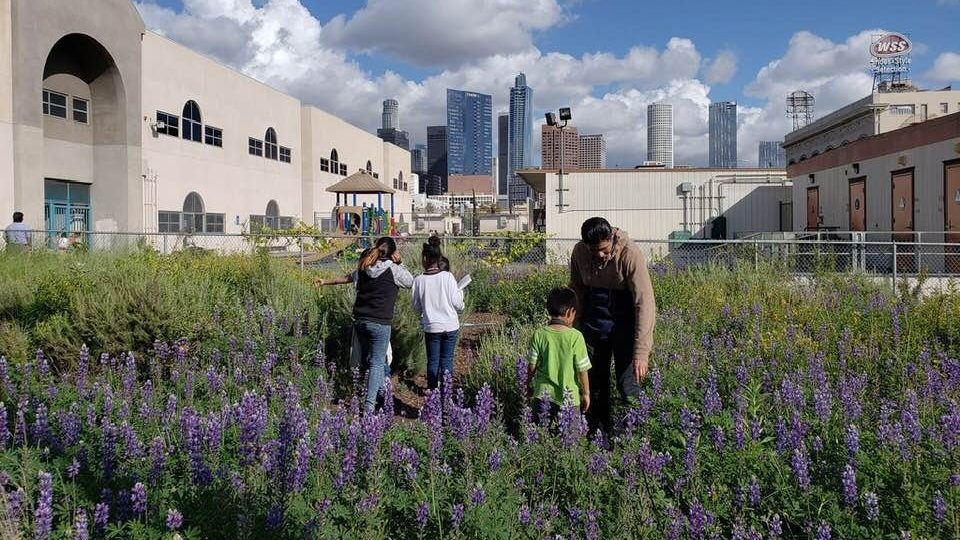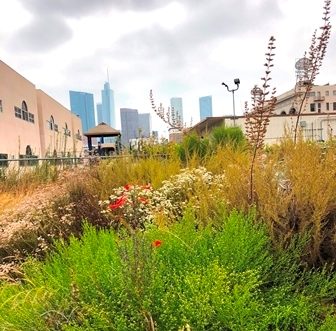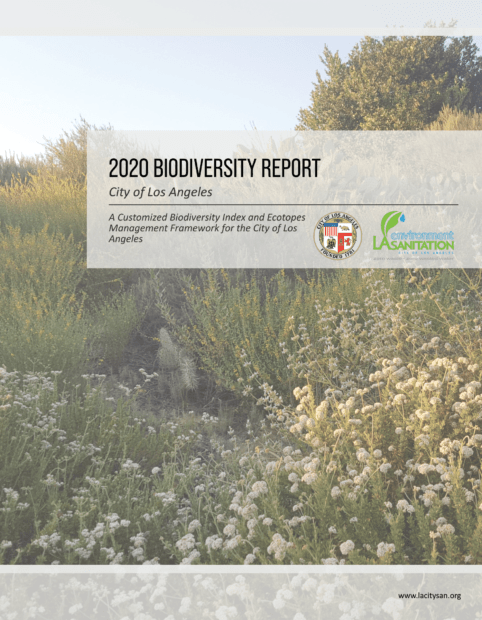We have much more to do and your continued support is needed now more than ever.
The City of Los Angeles: Leaders in Biodiversity Protection

The National Wildlife Federation is excited to announce that the City of Los Angeles (LA) has registered in its Community Wildlife Habitat program. With Los Angeles’ participation, the City becomes the largest Community Wildlife Habitat in the program, joining over 250 other communities working to create healthy, sustainable, wildlife-friendly communities. The City is already making great strides – over 450 sites, including residences, schools, businesses, and places of worship are Certified Wildlife Habitats and contributing to Los Angeles’ community-wide certification.

In addition to creating habitat across City neighborhoods, Los Angeles has shown its dedication to environmental and wildlife conservation through the development of a Biodiversity Program. Being identified as one of the 36 global biodiversity hotspots, Los Angeles leadership has made a commitment to restoring and protecting biodiversity. This commitment includes creating and measuring a customized biodiversity index for the City of Los Angeles which will assess the state of biodiversity in the City at regular intervals.
This effort to design a customized biodiversity Index was carried out by the Los Angeles Department of Sanitation and Environment (LASAN). LASAN used the Singapore Index on Cities’ Biodiversity (SI) (a self-assessment tool to help cities understand the progress of their biodiversity efforts) as a starting place. While this tool is widely recognized and used around the globe, Los Angeles was the first community in the United States to use this tool. The City published its customized biodiversity index in December 2020 that builds on the initial Biodiversity Report released in 2018. The customized index includes 25 metrics, many of which were retained or modified from the Singapore Index, that will help track progress on biodiversity initiatives and goals.
The City plans to perform measurements and release results and recommendations every three years, with major milestone measurements every ten years. Reports are intended to support efforts and inform decision-making processes for biodiversity issues, such as conservation, social justice and equity, and effective governance and management. While the index is tailored specifically to Los Angeles, the index could serve as a useful blueprint for other government agencies in the region, state, or even the nation, interested in measuring progress on biodiversity initiatives. The report, and accompanying appendices, are available for download at LASAN’s webpage (lacitysan.org/biodiversity). LA is also developing a City Biodiversity Action Plan to address the recommendations identified in the 2018 Biodiversity Report and protect the various wildlife and plant species across the City.

LASAN is continuing its many ongoing initiatives to protect biodiversity, enhance environmental sustainability, and support environmental equity and justice. Los Angeles will continue this work and perform the baseline measurement of the new index in coming months as a way to fulfill its Green New Deal goals, as well as those in the Community Wildlife Habitat program, and engage neighborhoods around the City in wildlife habitat conservation. If your community would like to follow Los Angeles’ lead and conduct a biodiversity measurement, you can learn more about the Los Angeles Biodiversity Index and the department’s ongoing initiatives by visiting LASAN’s website.
To learn more about the Community Wildlife Habitat program and register your community, visit our website.






















